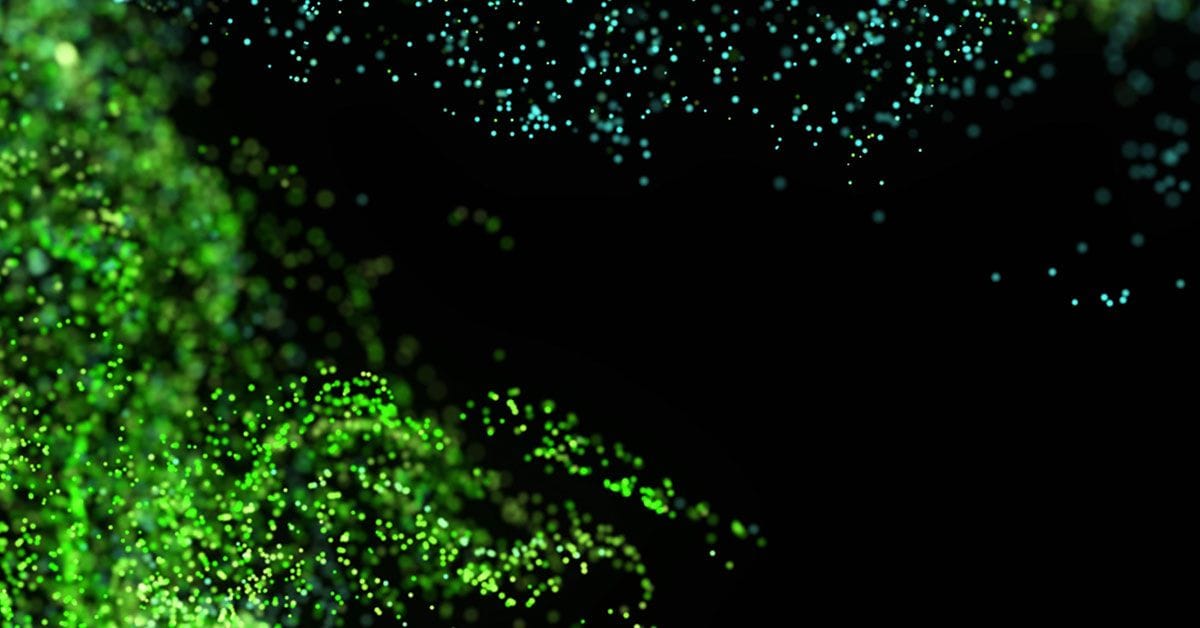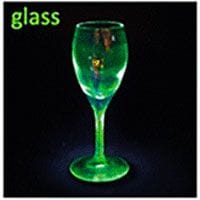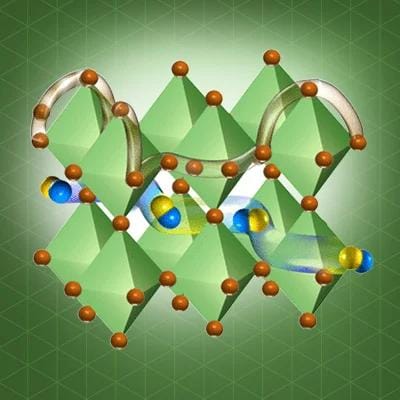In a new study, researchers introduce an easy, cost-effective method for swift and accurate lead detection using halide perovskites, marking a significant advancement in lead pollution monitoring and prevention.

Lead, a toxic heavy metal, has been a concern for decades, with its presence in everyday items ranging from paints and pipes to batteries and cables. Although widespread bans on leaded products (such as gasoline and hair dyes1) have helped to significantly reduce lead poisoning, other sources continue to pose risks. Furthermore, current detection methods are either costly or unreliable, leaving a gap in effective and accessible lead monitoring.
In a recent study published in Environmental Science & Technology, scientists have revealed a novel, low-cost method to detect lead exposure.2 This innovative approach centers around the formation of a lead halide perovskite semiconductor, a material well-regarded for its exceptional optical and electronic properties.3 The process is relatively straightforward: spray the suspect material with a reagent (methylammonium bromide was chosen due to the human eye being most sensitive to its green light emission), expose it to ultraviolet light, and observe. If lead is present, photoluminescence will occur and the perovskite will emit a glow—visible to the naked eye at concentrations as low as 1.0 ng/mm² and even more sensitively detectable at 50 pg/mm² using a standard digital photo camera.

Direct Environmental Lead Detection by Photoluminescent Perovskite Formation with Nanogram Sensitivity
Environmental Science & Technology
DOI: 10.1021/acs.est.3c06058
What sets this method apart is its simplicity, sensitivity, and cost-effectiveness. In their extensive testing, spanning more than 50 different materials, the researchers found no false negatives or false positives. They were able to efficiently detect lead in a variety of materials, including soil, paint, glass, plastics, and dust—demonstrating versatility and potential for a wide range of applications.
By offering a quick, large-area detection method with high sensitivity, the authors report that this new approach could revolutionize how we monitor and respond to lead pollution. It enables direct visualization of lead in various scenarios, effectively 'lighting up' the invisible threat. This method could one day become a vital tool in preventing lead exposure, particularly in communities where traditional testing methods are out of reach due to cost or complexity.
Watch the video around this research created by the ACS Science Communications team:

Halide Perovskite Materials and Applications
References
- Erickson, B. E. US FDA restores ban on lead in hair dyes. C&EN 2021, 99, 38.
- Helmbrecht, L. et al. Direct Environmental Lead Detection by Photoluminescent Perovskite Formation with Nanogram Sensitivity. Environ. Sci. Technol. 2023, 57, 49, 20494–20500.
- Halide Perovskite Materials and Applications. ACS Appl. Energy Mater. and ACS Appl. Electron. Mater. 2020-2022.
